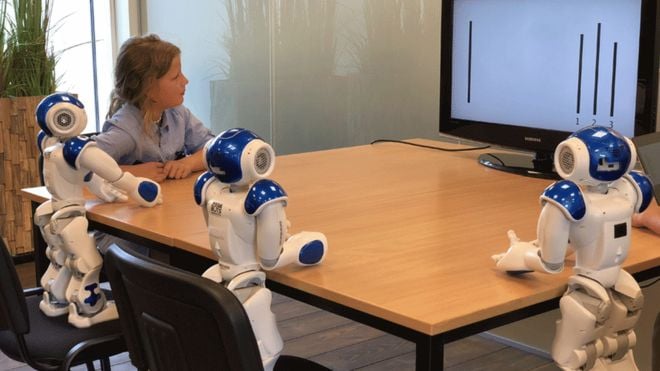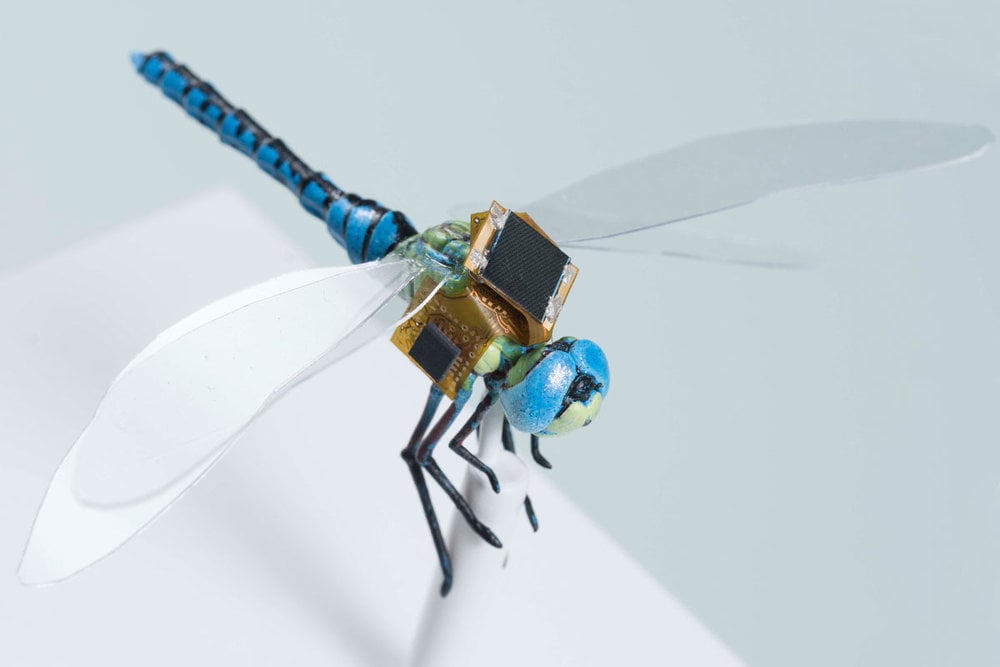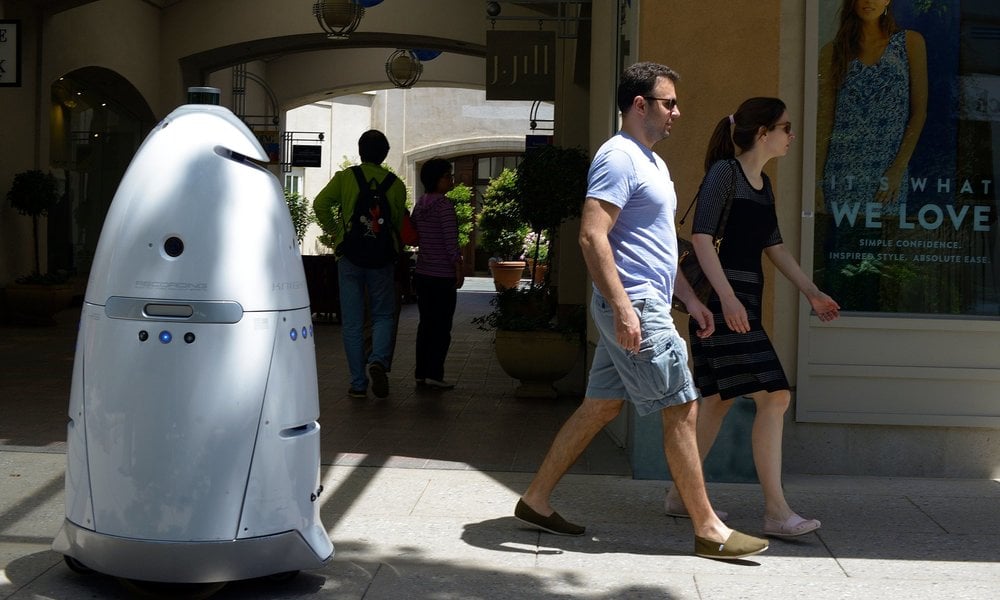Robot Dogs Armed With AI-aimed Rifles Undergo US Marines Special Ops Evaluation
The United States Marine Forces Special Operations Command (MARSOC) is currently evaluating a new generation of robotic “dogs” developed by Ghost Robotics, with the potential to be equipped with gun systems from defense tech company Onyx Industries, reports The War Zone.
While MARSOC is testing Ghost Robotics’ quadrupedal unmanned ground vehicles (called “Q-UGVs” for short) for various applications, including reconnaissance and surveillance, it’s the possibility of arming them with weapons for remote engagement that may draw the most attention. But it’s not unprecedented: The US Marine Corps has also tested robotic dogs armed with rocket launchers in the past.
MARSOC is currently in possession of two armed Q-UGVs undergoing testing, as confirmed by Onyx Industries staff, and their gun systems are based on Onyx’s SENTRY remote weapon system (RWS), which features an AI-enabled digital imaging system and can automatically detect and track people, drones, or vehicles, reporting potential targets to a remote human operator that could be located anywhere in the world. The system maintains a human-in-the-loop control for fire decisions, and it cannot decide to fire autonomously. On LinkedIn, Onyx Industries shared a video of a similar system in action.
In a statement to The War Zone, MARSOC states that weaponized payloads are just one of many use cases being evaluated. MARSOC also clarifies that comments made by Onyx Industries to The War Zone regarding the capabilities and deployment of these armed robot dogs “should not be construed as a capability or a singular interest in one of many use cases during an evaluation.”




